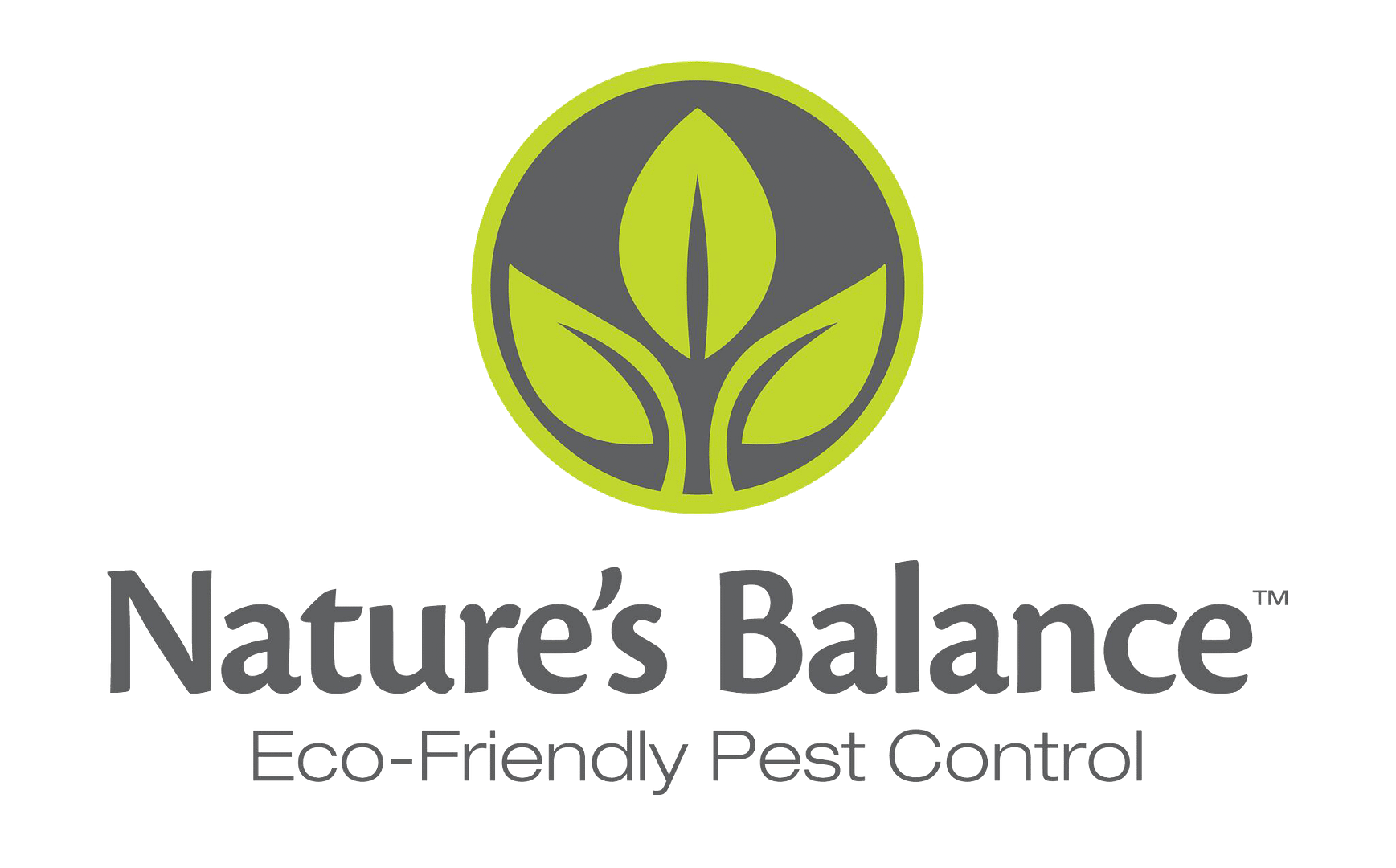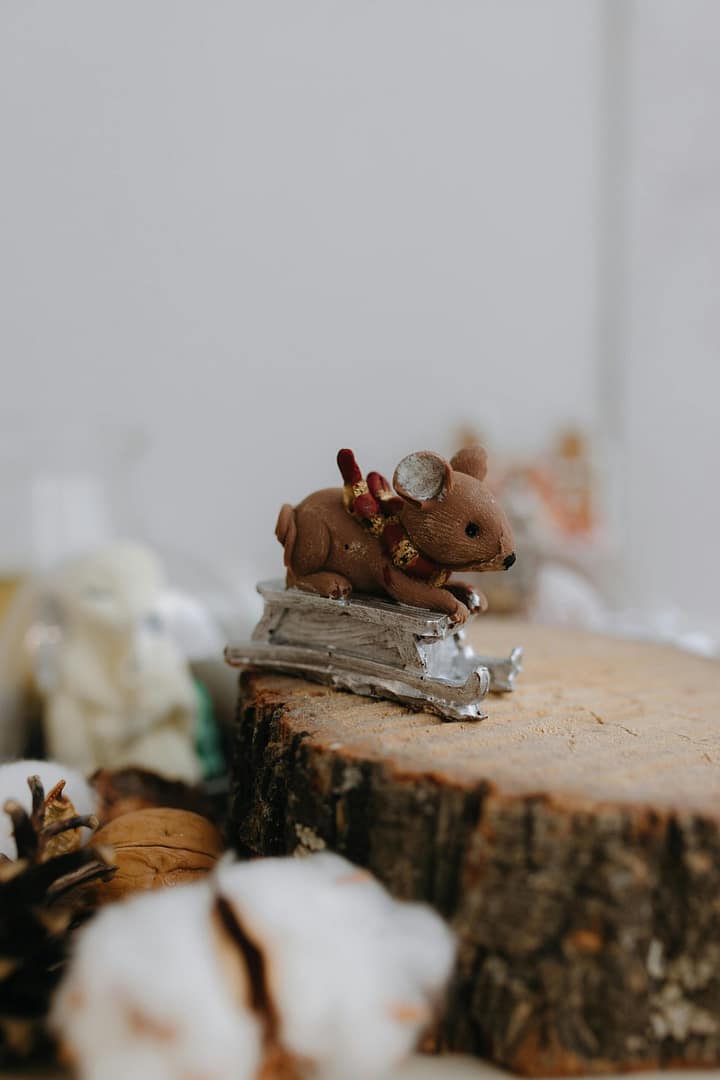Winter Mouse Problems in Utah: What Draws Them Inside & How to Stop It
As Utah’s temperatures drop and winter approaches, homeowners across the Wasatch Front report an unwelcome surge in mouse activity. These tiny invaders aren’t just looking for a place to wait out the cold, they’re seeking the same things we are: warmth, food, and shelter. Understanding what triggers this seasonal migration is your first step toward keeping them out for good.
Why Do Mice Come Inside During Winter?
House mice and field mice are driven indoors during winter by three primary survival needs that become increasingly difficult to meet outdoors as temperatures plummet.
Seeking Warmth and Shelter
When outdoor temperatures drop below freezing, mice face a serious survival challenge. These small rodents can’t effectively regulate their body temperature in extreme cold, making your heated home an irresistible refuge. We see the highest number of infestations during October through February, exactly when Utah experiences its harshest weather, with overnight lows often hitting single digits in mountain communities.
Mice are remarkably resourceful at finding entry points into homes. They can squeeze through openings as small as a dime, making even the tiniest cracks around foundations, pipes, and vents potential gateways for these unwanted guests.
Food Scarcity Drives Indoor Foraging
Winter drastically reduces outdoor food sources for mice. Seeds, berries, and insects that sustain mice during warmer months become scarce or completely unavailable. This food shortage forces mice to venture closer to human dwellings where they can access:
- Food crumbs and spills
- Pet food left in bowls
- Pantry items in poorly sealed containers
- Garbage and compost materials
Your home’s kitchen, pantry, and dining areas become prime real estate for hungry rodents seeking reliable food sources during Utah’s long winter months.
Ideal Nesting Conditions
Female mice seek warm, secluded spaces to build nests and raise their young. Winter triggers increased nesting behavior as mice prepare for breeding season. Common nesting locations include:
- Wall cavities and insulation
- Attics and crawl spaces
- Behind appliances
- Storage areas with soft materials like fabric or paper
When Do Mice Typically Invade Utah Homes?
In our years serving Utah homeowners, we’ve noticed a predictable pattern. The first wave hits in late September when overnight temps first dip into the 40s, mice start scouting for entry points. The real invasion happens in November and December as snow blankets their outdoor food sources. March brings an unexpected second wave. The mice that have been living quietly in your walls all winter start moving around again, and that’s when homeowners finally realize they’ve had unwanted guests for months.
Signs of Winter Mouse Infestations
Last winter, a Heber City homeowner called us after hearing scratching sounds for weeks. We discovered mice had entered through a gap where a dryer vent met the exterior wall, an opening no wider than a quarter. They’d built a nest inside the insulation using shredded grocery bags and were feeding on dog food stored in the garage.
In Park City, we regularly see mice entering newer construction homes through unsealed garage door frames. Builders sometimes leave tiny gaps in the weather stripping that become easy access points for rodents once snow starts falling.
These aren’t worst-case scenarios, but they’re typical of what we encounter every November through February across Summit and Wasatch counties.
Physical Evidence
- Mouse droppings near food sources, in cupboards, or along baseboards
- Gnaw marks on food packaging, furniture, or structural elements
- Nesting materials like shredded paper, fabric, or insulation in hidden areas
- Grease marks along walls where mice frequently travel
Auditory and Olfactory Signs
- Scratching or scurrying sounds in walls, especially at night
- Strong ammonia-like odor from mouse urine
- Squeaking or chirping sounds, particularly from wall cavities
Common Utah Mouse Species
Understanding the specific types of mice common to Utah can help with identification and rodent control strategies:
House Mice (Mus musculus)
The most common indoor invaders, house mice are small, gray-brown rodents that prefer living close to human habitation year-round.
Deer Mice (Peromyscus maniculatus)
More commonly found in rural Utah areas, deer mice have distinctive white bellies and can carry serious diseases like Hantavirus.
Health Risks from Winter Mouse Infestations
Mouse infestations pose several health risks that make immediate professional pest control essential:
- Disease transmission: Mice can spread Salmonella, Hantavirus, and other pathogens through droppings and urine
- Contamination: Food and surfaces become contaminated with bacteria from mouse activity
- Allergens: Mouse dander and droppings can trigger asthma and allergic reactions
- Parasites: Mice often carry fleas, mites, and ticks that can affect humans and pets
Comprehensive Winter Rodent Prevention
Exterior Home Maintenance
Rodent-proofing your home’s exterior is the most effective prevention strategy:
- Seal entry points: Use steel wool and caulk to close gaps around pipes, vents, and utility lines
- Update weather stripping: Ensure doors and windows have tight seals
- Install door sweeps: Eliminate gaps under exterior doors
- Trim vegetation: Keep shrubs and tree branches away from your home’s exterior
- Secure foundation: Fill cracks in foundation walls with appropriate materials
Interior Prevention Strategies
- Remove food sources: Store all food in airtight containers, including pet food
- Maintain cleanliness: Regularly vacuum crumbs and clean eating areas
- Secure garbage: Use tight-fitting lids on all trash containers
- Eliminate water sources: Fix leaky pipes and eliminate standing water
- Declutter storage areas: Reduce potential nesting sites by organizing stored items
Seasonal Maintenance Tips
- Fall preparation: Complete exterior sealing before temperatures drop
- Winter monitoring: Regularly inspect for signs of rodent activity
- Spring follow-up: Address any damage or new entry points discovered after winter
Professional vs. DIY Mouse Control
While some homeowners attempt DIY mouse control, winter infestations often require professional rodent control services for several reasons:
Why Professional Treatment is More Effective
- Comprehensive assessment: Professionals identify all entry points and nesting areas
- Safe treatment methods: Proper handling of rodenticides and traps protects family and pets
- Long-term solutions: Professional services address root causes, not just symptoms
- Follow-up services: Ongoing monitoring prevents re-infestation
When to call for professional help
Contact us if you notice even one of these warning signs:
- You’ve caught one mouse but suspect there are more
- You’re hearing scratching sounds in walls or ceilings, especially at night
- You’ve found droppings in multiple rooms
- Your DIY traps aren’t working
- You have young children or family members with compromised immune systems
The longer mice stay, the more they breed. A couple of mice in November can become dozens by February.
Our experienced specialists understand the seasonal patterns of mouse infestations in Summit, Wasatch, Salt Lake, and Utah counties. We use eco-friendly, family-safe methods to eliminate current infestations and prevent future rodent problems.
Professional rodent extermination services include:
- Thorough property inspection and entry point identification
- Customized treatment plans based on your specific situation
- Safe, effective removal methods
- Preventive measures to stop future infestations
- Follow-up services to ensure long-term success
Contact Nature’s Balance today for a free consultation and protect your home from winter mouse invasions. Our expert team is ready to provide fast, effective, and environmentally responsible rodent control solutions that keep your family safe and your home mouse-free all winter long.


